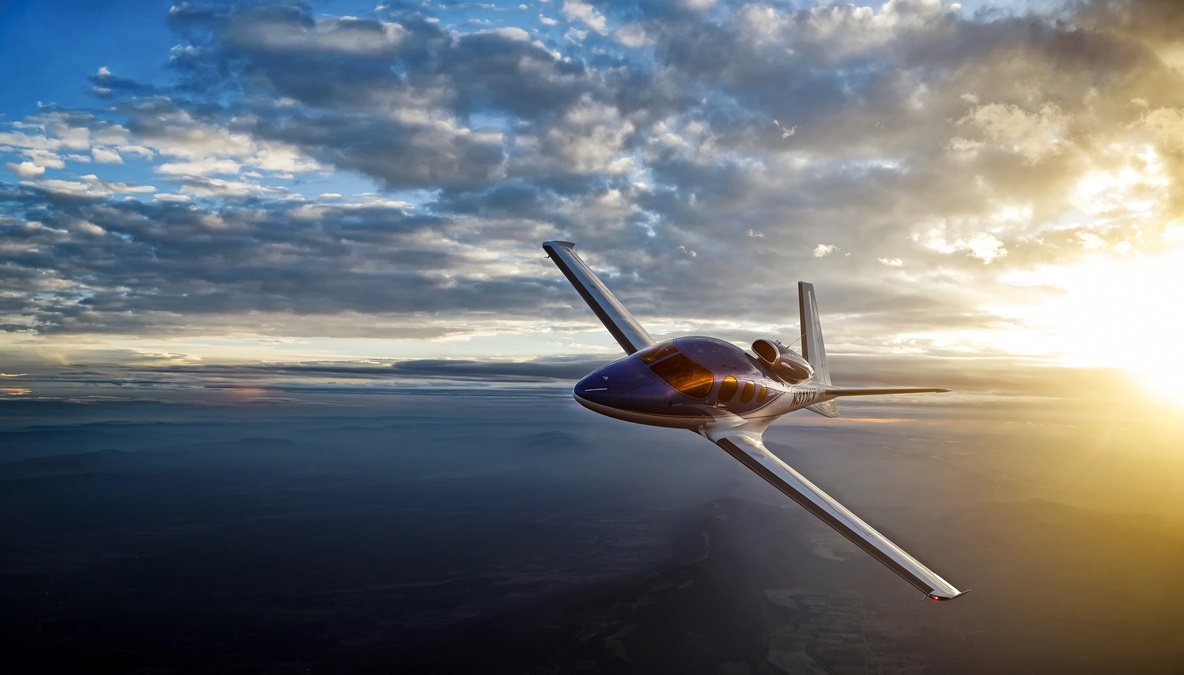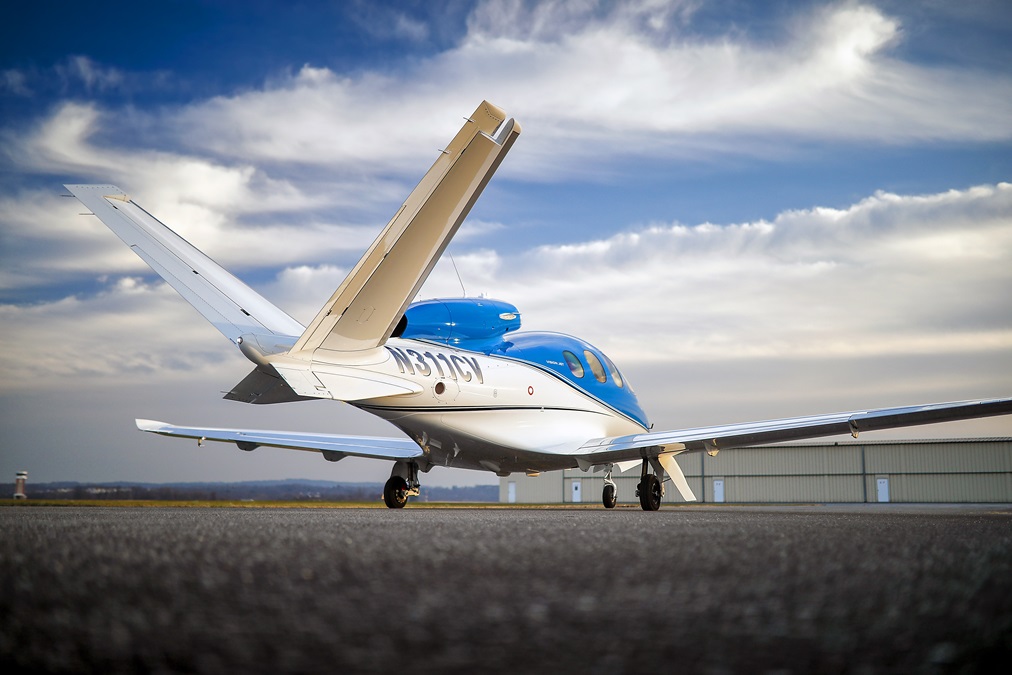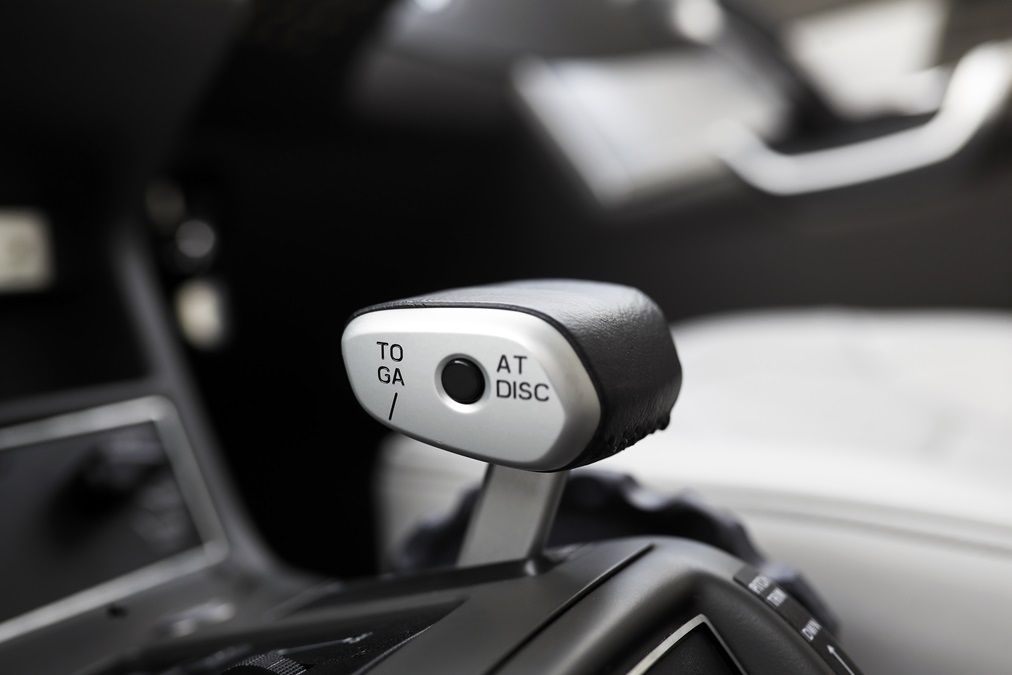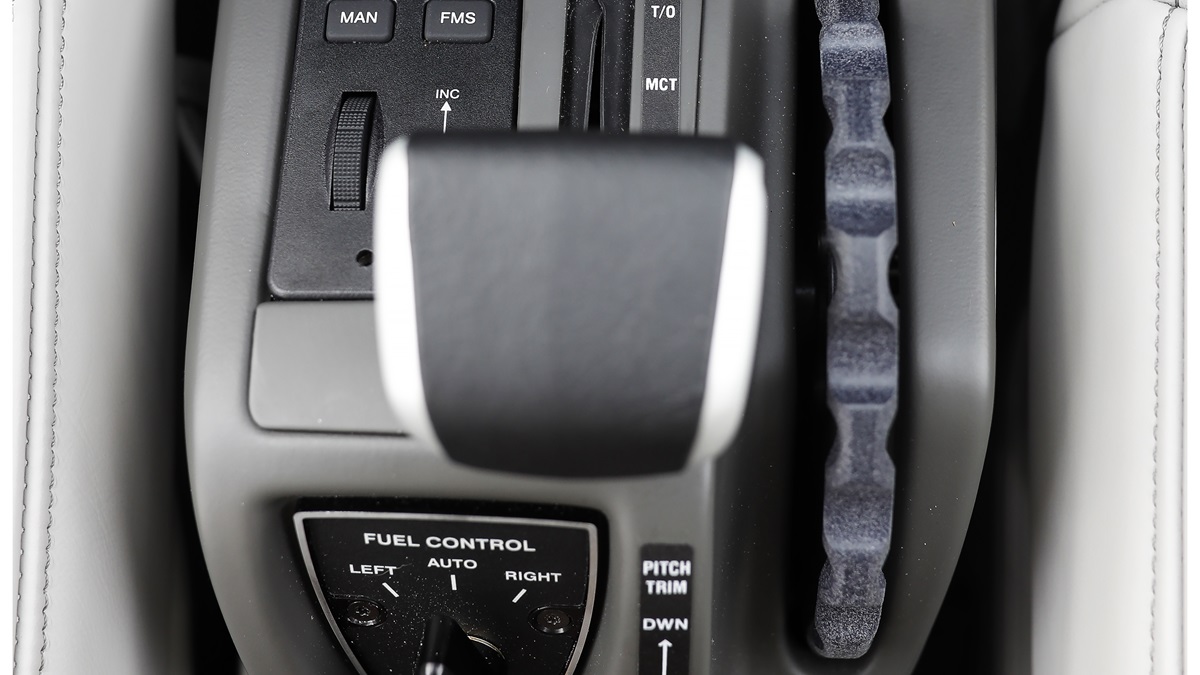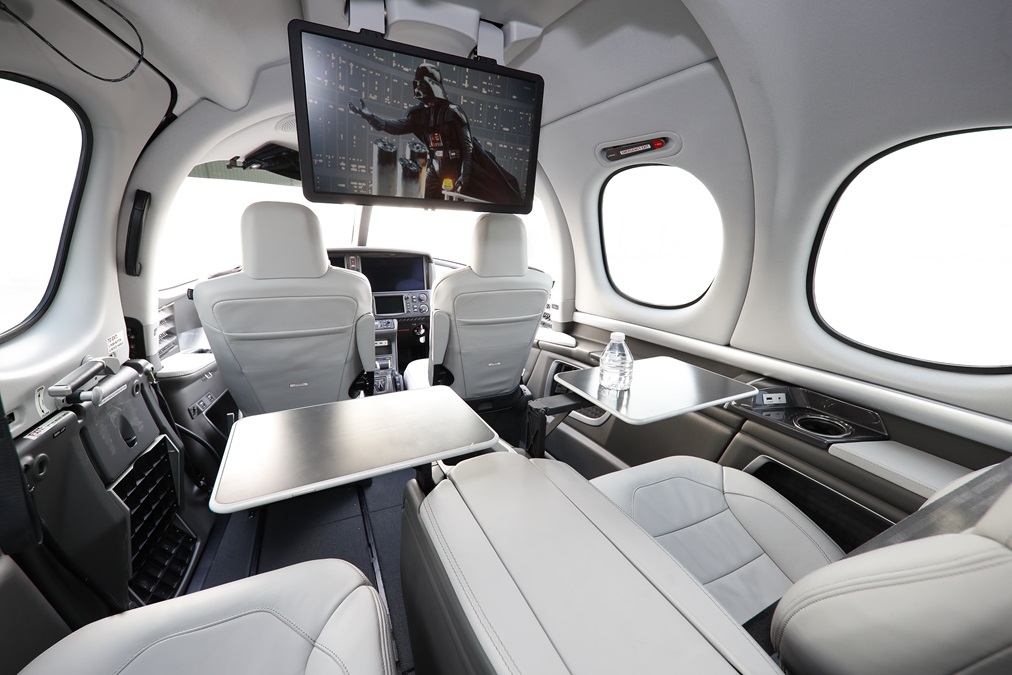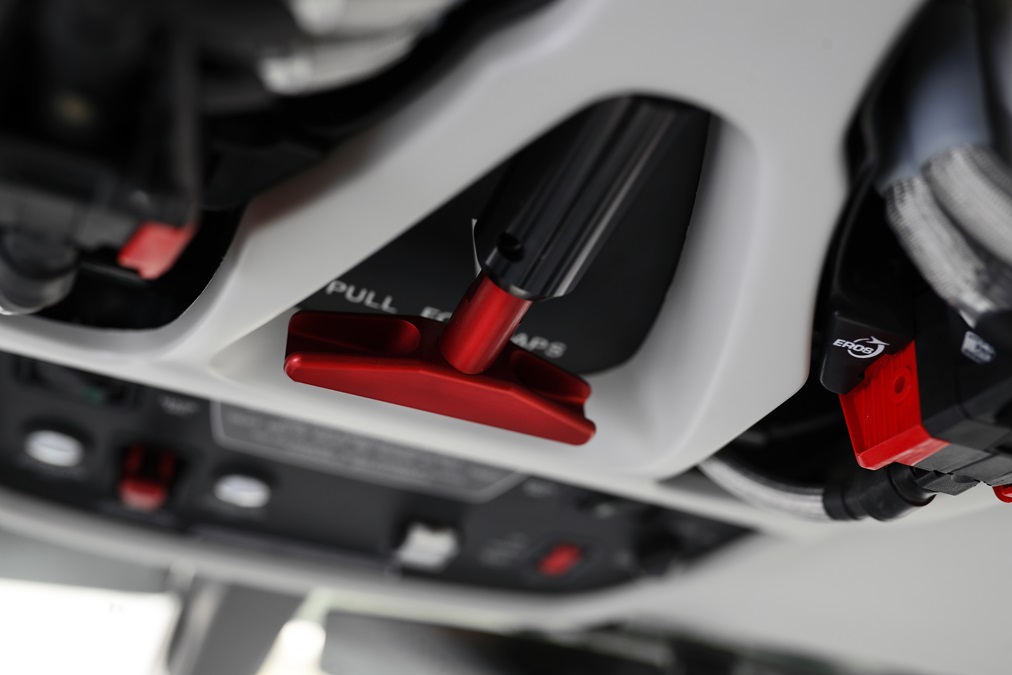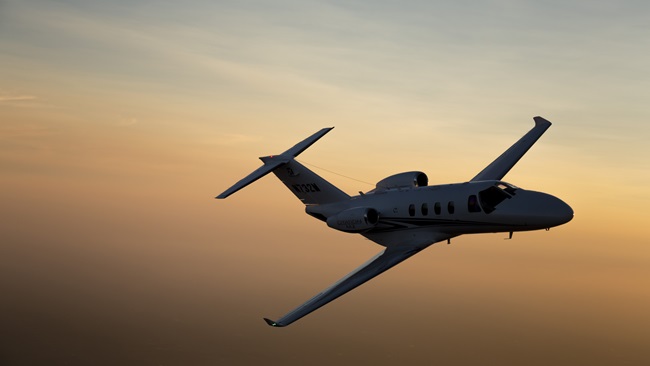A new A/Ttitude
Cirrus adds autothrottle and altitude to the new version of the Vision Jet
I shove the thrust lever forward and we’re quickly racing down the pavement; a little tug on the sidestick and the runway drops away. Gear and flaps up and at about 400 feet agl, I push the AT button just ahead of the thrust lever and the AP button on the mode controller to activate the autothrottles and autopilot. About then, the flight director commands the left turn and away we go, the Cirrus Vison Jet Generation 2 accelerating quickly. Inside the Class D airspace, the new autothrottle system slides the thrust lever aft to keep us below the 200-knot speed limit. Popping out the top, the thrust lever moves forward again, allowing us to accelerate to up to 250 knots below 10,000 feet. That happens quickly as we level off at 3,000 feet msl. Then the thrust lever moves aft at a good clip to keep us below the limit as we await further climb clearance from Potomac Approach.
Already I see the advantage of such a sophisticated autothrottle (A/T) system in a single-pilot speedy jet. Busy in the terminal environment, any worries about speed evaporate. The profile stored in the Garmin flight management system keeps the airplane from exceeding any airspace speed limits and flies the airplane at established speeds during climbs and descents. Arriving back in the terminal area after a descent, it slows at about 10 miles out to 189 knots, one knot below the limitation for approach flap deployment, helping the pilot set up for an uneventful arrival. Of course, the pilot can override the system at any time, should ATC ask to “keep the speed up,” for example.
The sophisticated new A/T system is essentially the same as those installed on much larger business jets, such as the Cessna Citation Latitude and Longitude, which cost about 10 times as much as the single-engine Vision Jet.
Selecting the MAN button just ahead of the thrust lever (as opposed to the FMS button) puts the A/Ts into Manual mode, allowing the pilot to adjust the desired speed using a thumbwheel; the selected speed shows up in the window above the airspeed tape on the primary flight display. In FMS mode, the system follows commands in the flight plan for different phases of flight, automatically setting speeds for climbs, descents, and approaches. It also prevents over- and under-speeds and interacts with the Garmin ESP flight envelope protection system to keep the airplane safe.
Once leveled off it will allow the airplane to accelerate to just below MMO or to the pilot’s chosen speed.
The standard A/T system is but one example of upgrades found on the new Generation 2 edition of the Vision Jet. Just two years after first delivery of the single-engine jet, Cirrus has incorporated a host of enhancements and upgrades.
Another significant one is the certification for flight up to Flight Level 310, 3,000 feet higher than the original model. New certification includes approval for flight in reduced vertical separation minimum (RVSM) airspace, which starts at FL290. To maintain a minimum cruise true airspeed of 300 knots at the higher altitude, Cirrus worked with Williams International to modify the full authority digital engine control (FADEC) system thrust schedule for the FJ33-5A engine, providing more thrust between FL230 and FL310. To keep the same 8,000-foot cabin altitude at the higher flight altitude the differential in the pressurization system has also been increased, from 6.4 psi to 7.1.
The higher altitude allows for a lower fuel burn and the ability to top more weather systems. As an alternative, the pilot can choose to take advantage of the higher thrust to go faster at a lower altitude, but at a higher fuel burn.
As a result of the lower fuel burn at FL310 and slight decreases in weight throughout the airframe, the Gen2 model can carry about an additional 150 pounds in either more fuel—for about 100 extra nautical miles of range—or another passenger or more gear.
“It’s about versatility,” said Matt Bergwall, Cirrus director of the Vision Jet product line. “We wanted to give the pilots more flexibility and choices.” Much of the weight decrease—about 50 pounds—comes from replacing the dual lead acid batteries with True Blue Power lithium ion batteries, which allow for faster and cooler engine starts.
The panel includes new, faster, and higher-resolution Garmin displays—what Cirrus calls Perspective Plus by Garmin—and the Flight Stream 510 Wi-Fi system that allows communication between the panel and portable devices in the cockpit. An upgraded Garmin voice and data system also allows pilots to text and make calls from their own handheld device.
In improving on the original design, the company also turned to creature comforts. The Gen2 takes the already versatile seating configuration and makes it even more capable with the introduction of a center console between the middle two seats, which also are wider in the new Elite configuration. The console includes work tables for left and right passengers, and storage. The pilot can install and remove the console and any of the seats without a signoff by a mechanic. The once-optional extended baggage compartment is now standard on the Gen2 models.
On the exterior, the company has removed the fence between the aileron and flap on each wing. That, combined with the removal of the boundary layer energizers (BLE) just ahead of the ailerons, makes for lighter roll forces and improved handling. And, not surprisingly, the model includes a host of new paint schemes and color choices.
Also not surprising, the new features and upgrades command a higher price. When we reported on the original Vision Jet in July 2017 the price was about $2 million. The Gen2 airplanes start at $2.38 million, with a fully loaded model at about $2.75 million.
Bergwall noted that many of the interior upgrades and some panel improvements, but not autothrottles, are available as upgrades to the original models.
Email [email protected]

